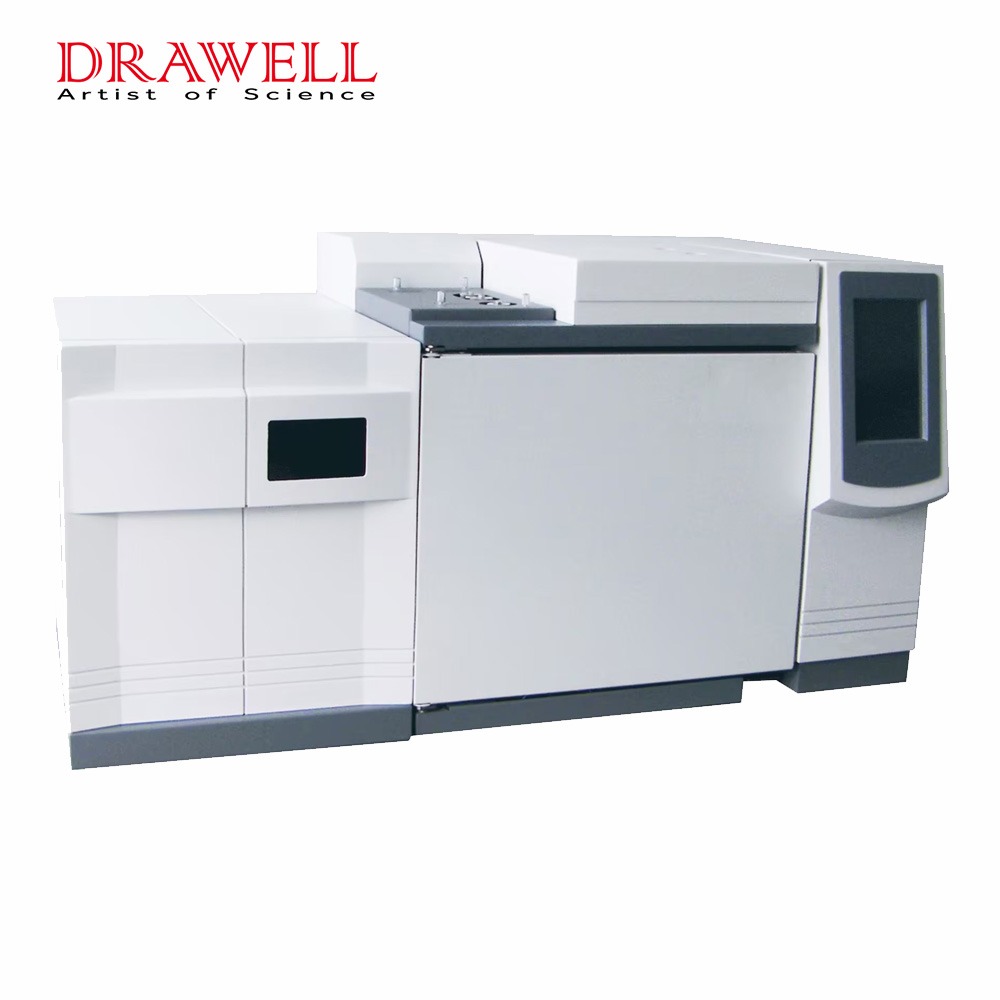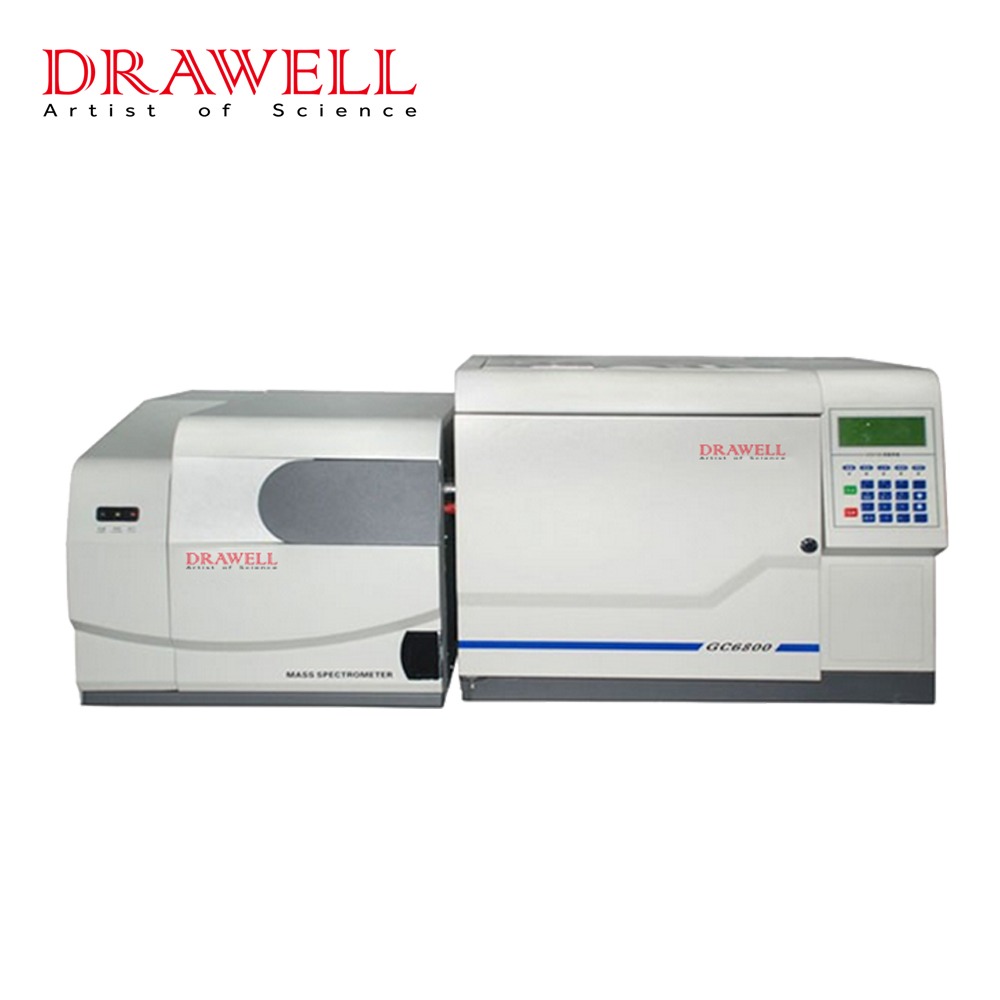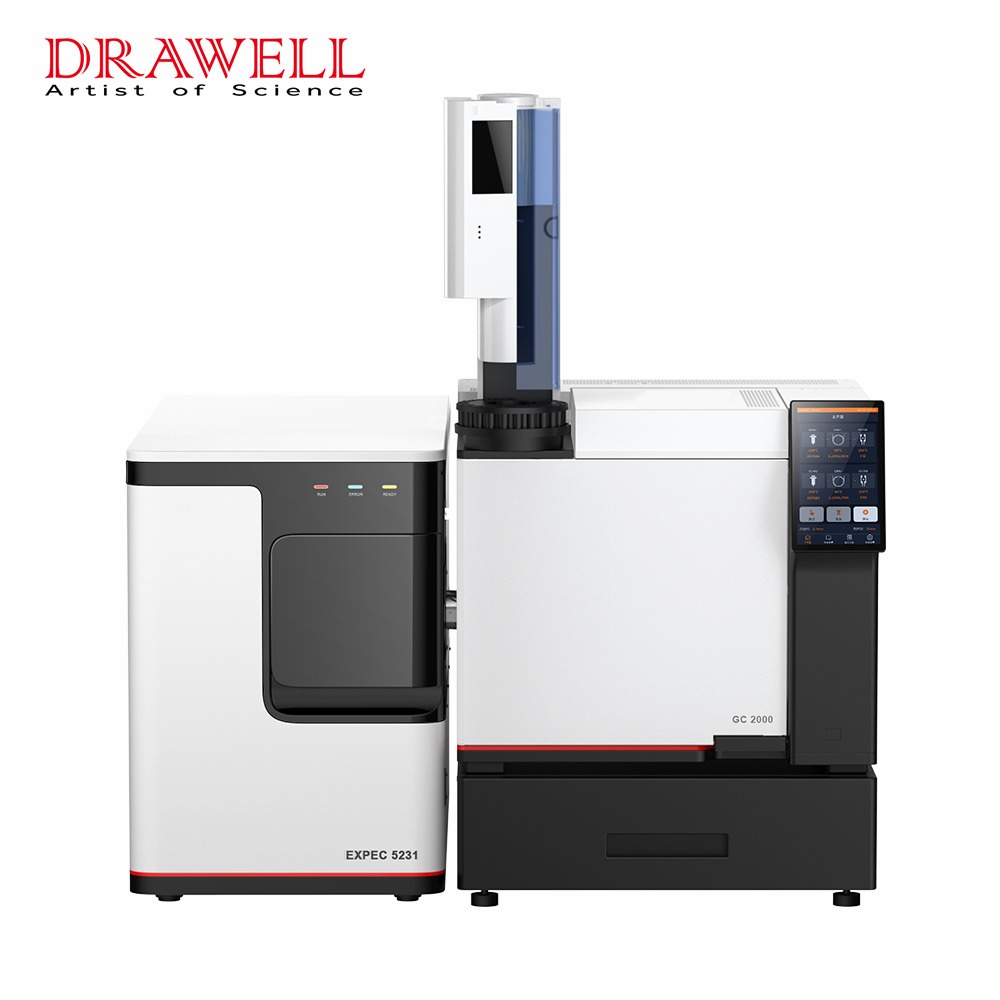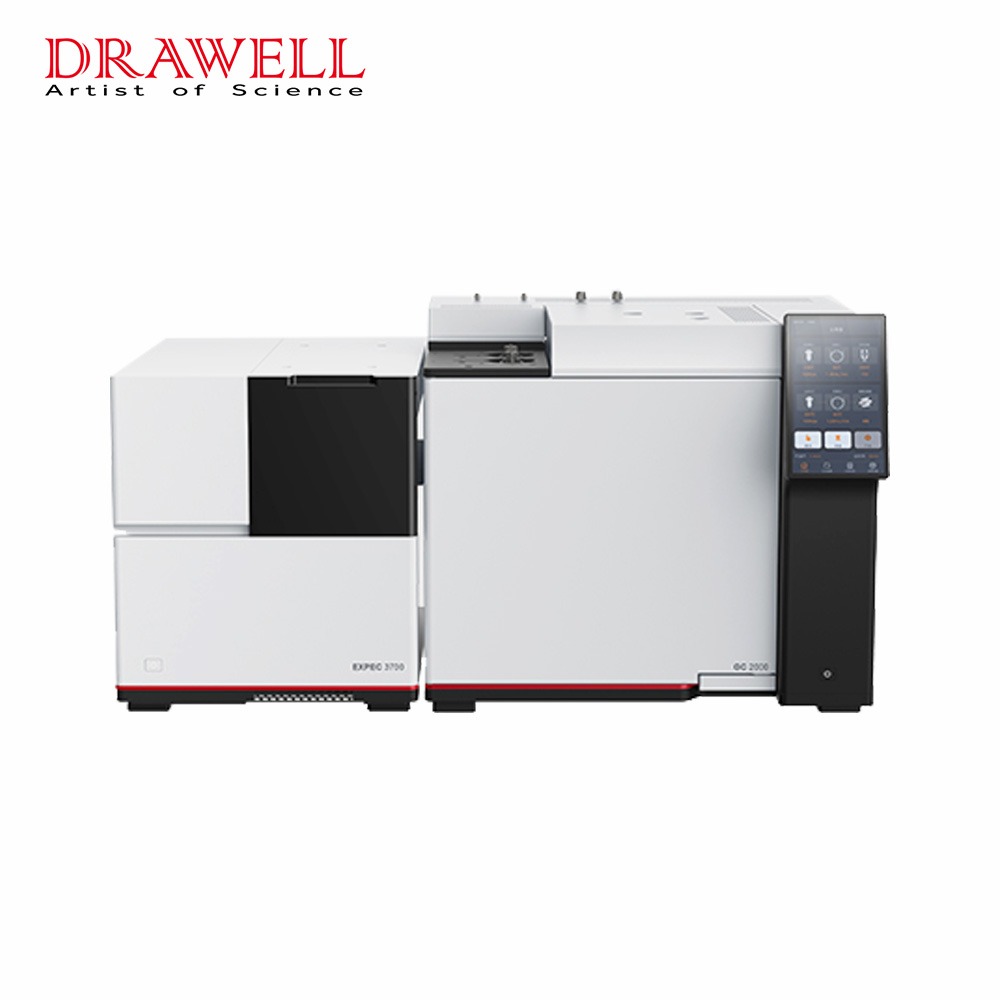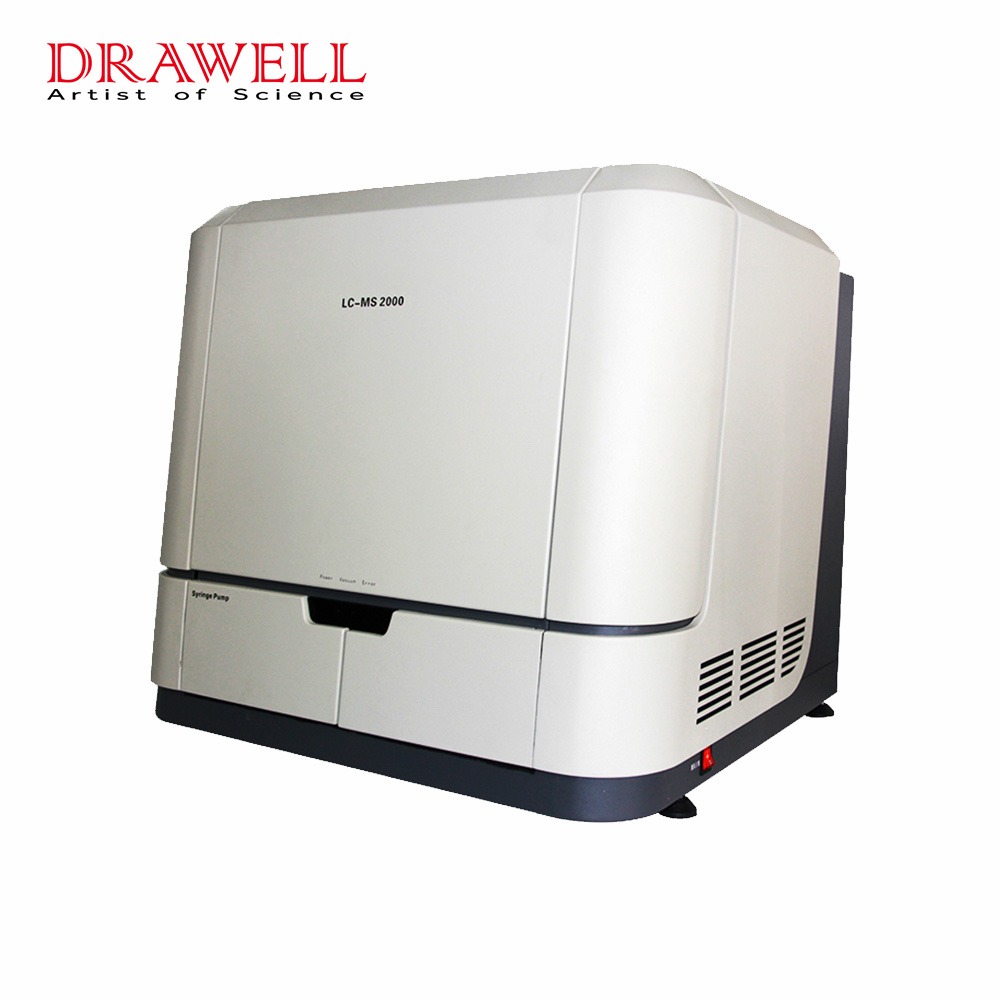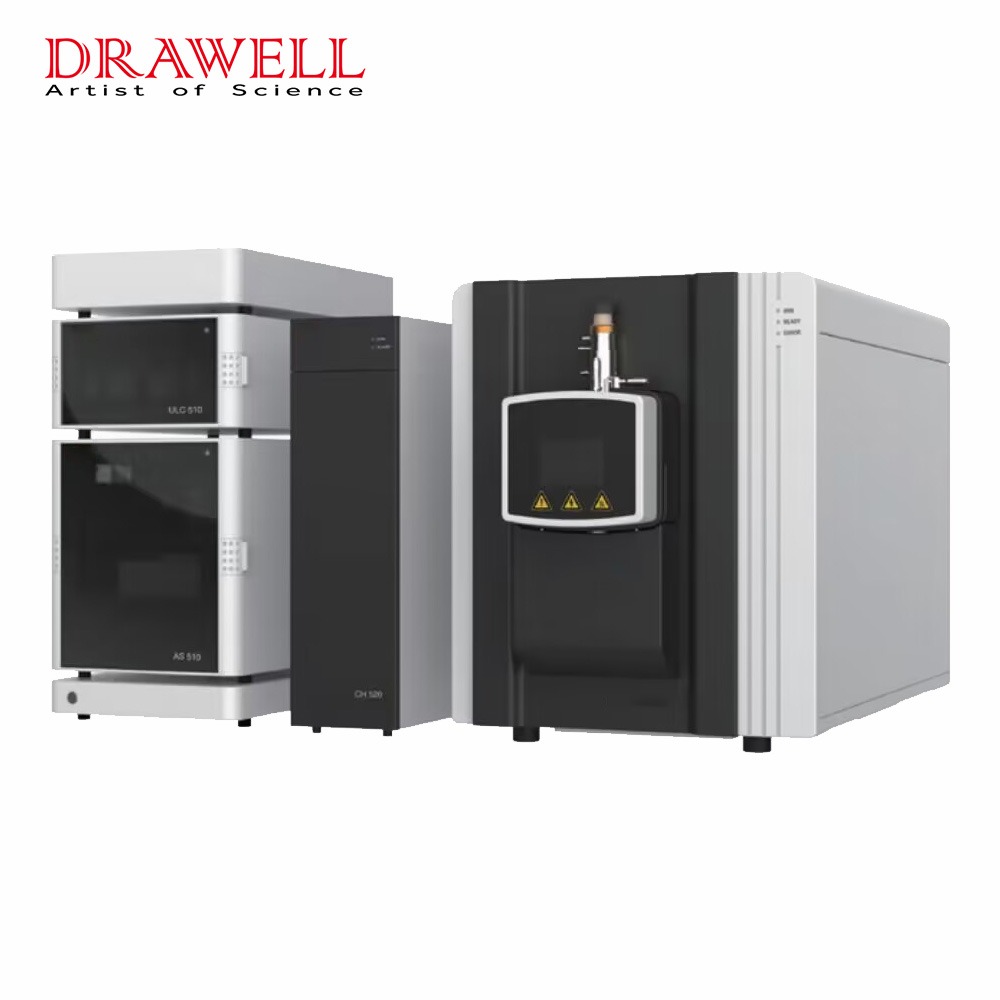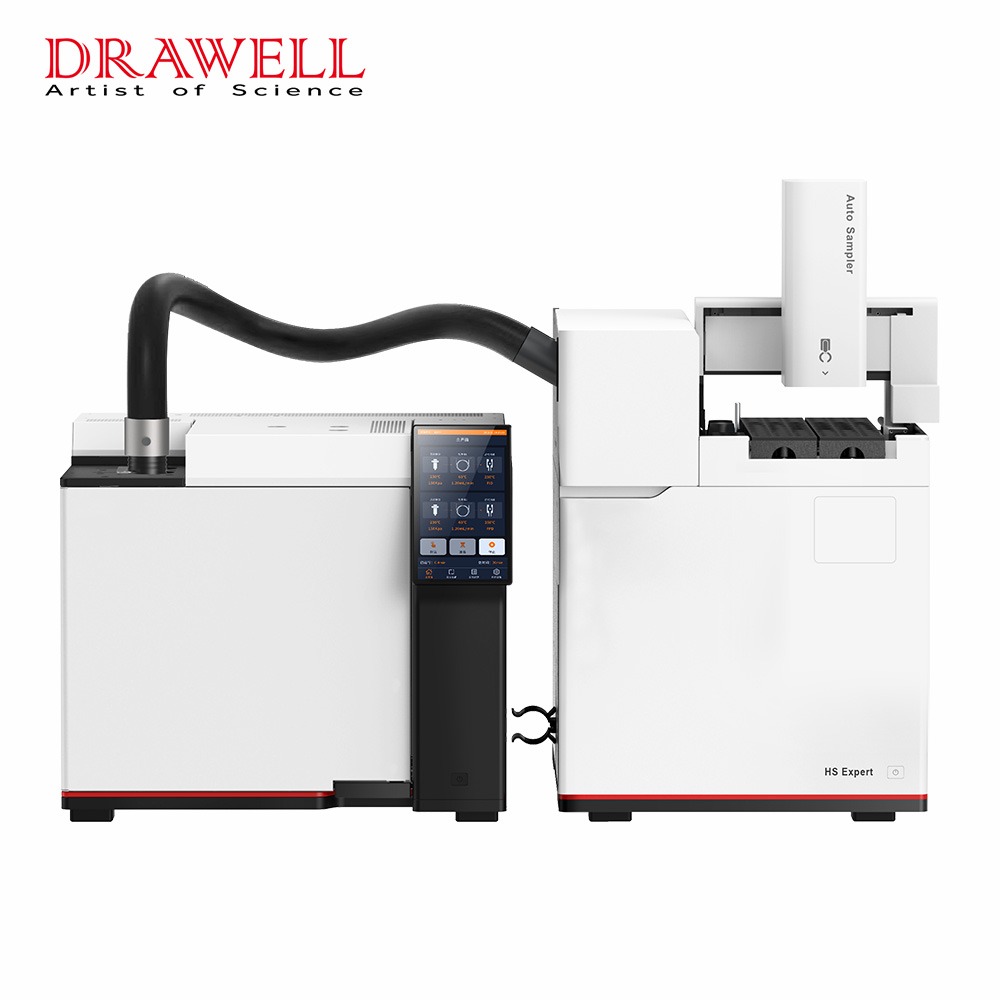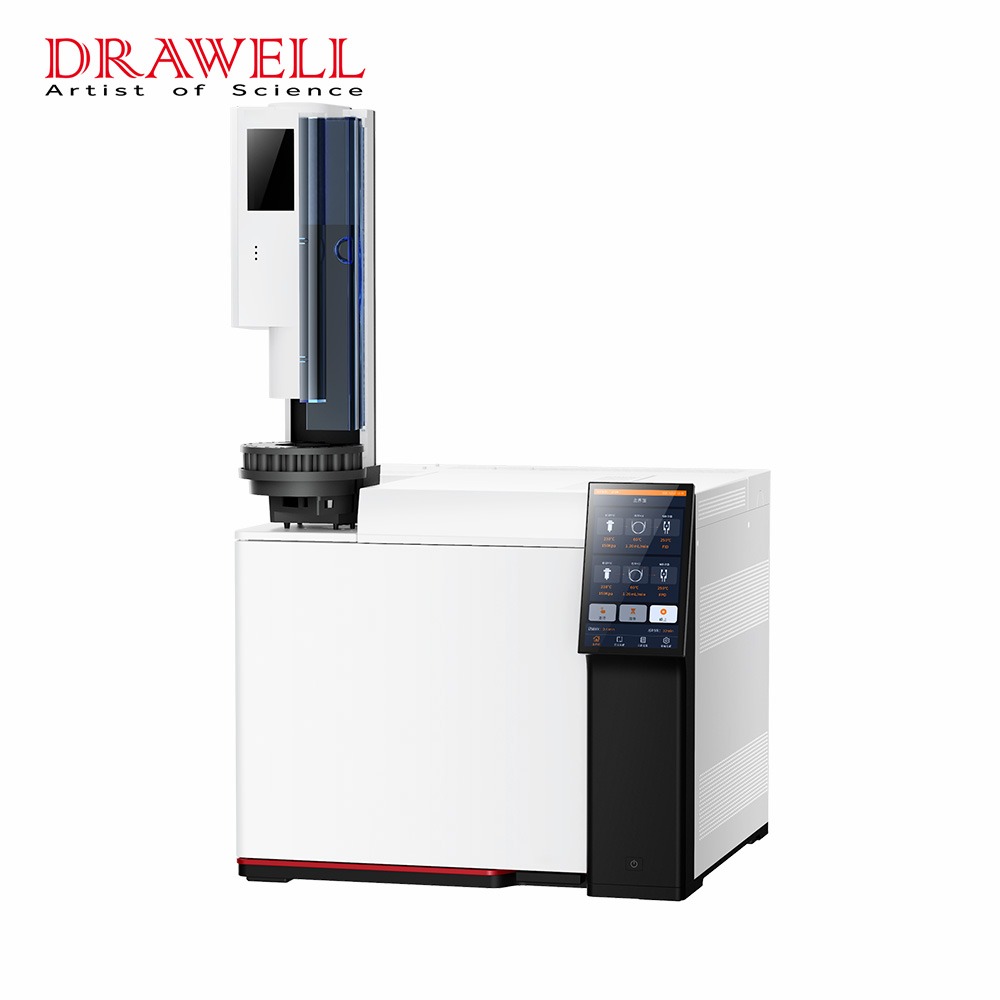High Performance Liquid Chromatography (HPLC) is also called high-pressure, high-speed, modern liquid chromatography. It was established in the mid-1960s as an efficient and rapid method for separating compounds. It was widely used in the separation and purification of proteins in the late 1970s. It has become one of the most effective methods for separating and purifying proteins. As for HPLC, it has high separation efficiency so a highly efficient chromatographic column is needed. HPLC has high speed, because of a high-pressure infusion pump. It has high sensitivity and high accuracy, due to the high-sensitivity detector. What is the difference between HPLC, GC, and classical atmospheric chromatography?
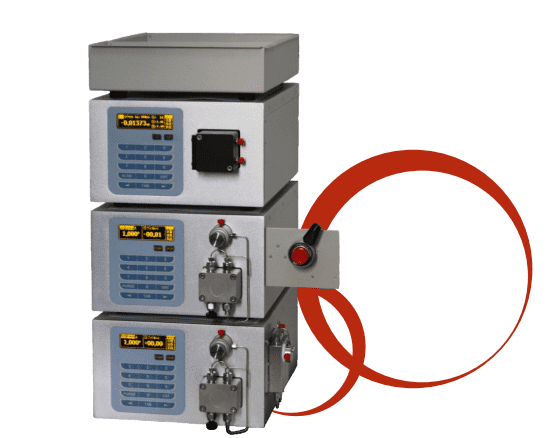
What is the difference between HPLC and GC?
Here are six characteristics to help you know the difference between high-performance liquid chromatography (HPLC) and gas chromatography (GC).
| High-Performance Liquid Chromatography (HPLC) | Gas Chromatography (GC) |
| 1. Almost all kinds of substances can be analyzed 2. Suitable for analyzing thermally unstable substances 3. The chromatographic column is not as long as the gas chromatographic column, and the column efficiency is not as high as the GC capillary column 4. There are not as many types of stationary phases as in gas chromatography, and the selectivity is mainly changed by changing the mobile phase 5. The mobile phase is an organic solvent, which is toxic 6. The sample can be recovered quantitatively and can also be used for preparation. | 1. Only volatile substances or substances that can be vaporized at high temperatures can be analyzed 2. Not suitable for the analysis of thermally unstable substances 3. High column efficiency can be obtained with capillary column chromatography 4. The carrier gas does not affect the distribution. Generally, the selectivity is changed by changing the temperature of the stationary phase or the column. 5. The mobile phase is gas, non-toxic6. Difficulty in sample recovery |
What is the difference between HPLC and classical atmospheric chromatography?
By comparison to classical atmospheric chromatography, HPLC mainly has the following characteristics:
1. The speed of HPLC separation and purification of proteins is fast.
Usually, it can be done once every half an hour, which greatly shortens the time for protein purification.
2. High resolution
A 10cm long chromatographic column can separate more than a dozen substances, and the high-efficiency phase chromatographic column can be used repeatedly.
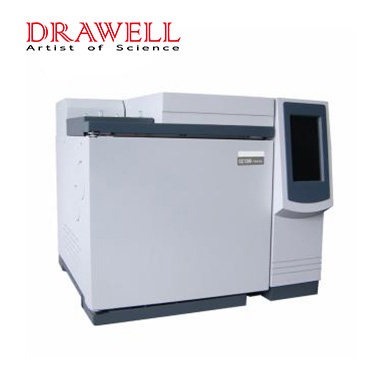
3. Wide adaptability and strong flexibility
Almost all proteins can be separated and purified by different HPLC, according to their differences in properties such as isoelectric point, hydrophobicity, molecular weight, charge distribution, etc.
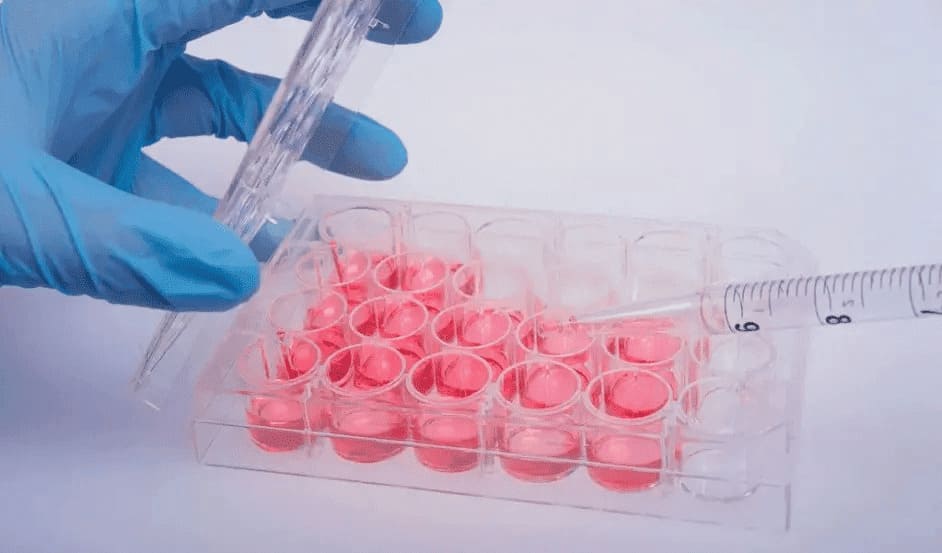
4. High sensitivity
HPLC has now widely used in a variety of high-sensitivity detectors, such as ultraviolet, fluorescence, conductivity, etc. Fluorescence sensitivity is up to 10-9g.
5. Good repeatability
In the analysis of the protein analysis test, the error generally does not exceed 5%.
6. Wide variety of separation and purification
It is widely used in the separation and identification of the following products in the biological field: amino acids and their derivatives, organic acids, steroids, alkaloids, antibiotics, carbohydrates, porphyrins, nucleic acids, and their degradation products, Proteins, enzymes and peptides, lipids, etc.
Therefore, HPLC has an extremely important position in protein separation and purification. Of course, HPLC also has its shortcomings. For example, the equipment is expensive. If you want to get high-performance liquid chromatography at a competitive factory price, Drawell can be your best choice. Although preparative columns have been used, the amount of preparation is still limited. In some methods, the use of organic solvents will affect the activity of proteins.
All in all, high-performance liquid chromatography has now become a very effective method for separating and purifying proteins, and it is a crucial separation and analysis technology in the field of biological sciences.

